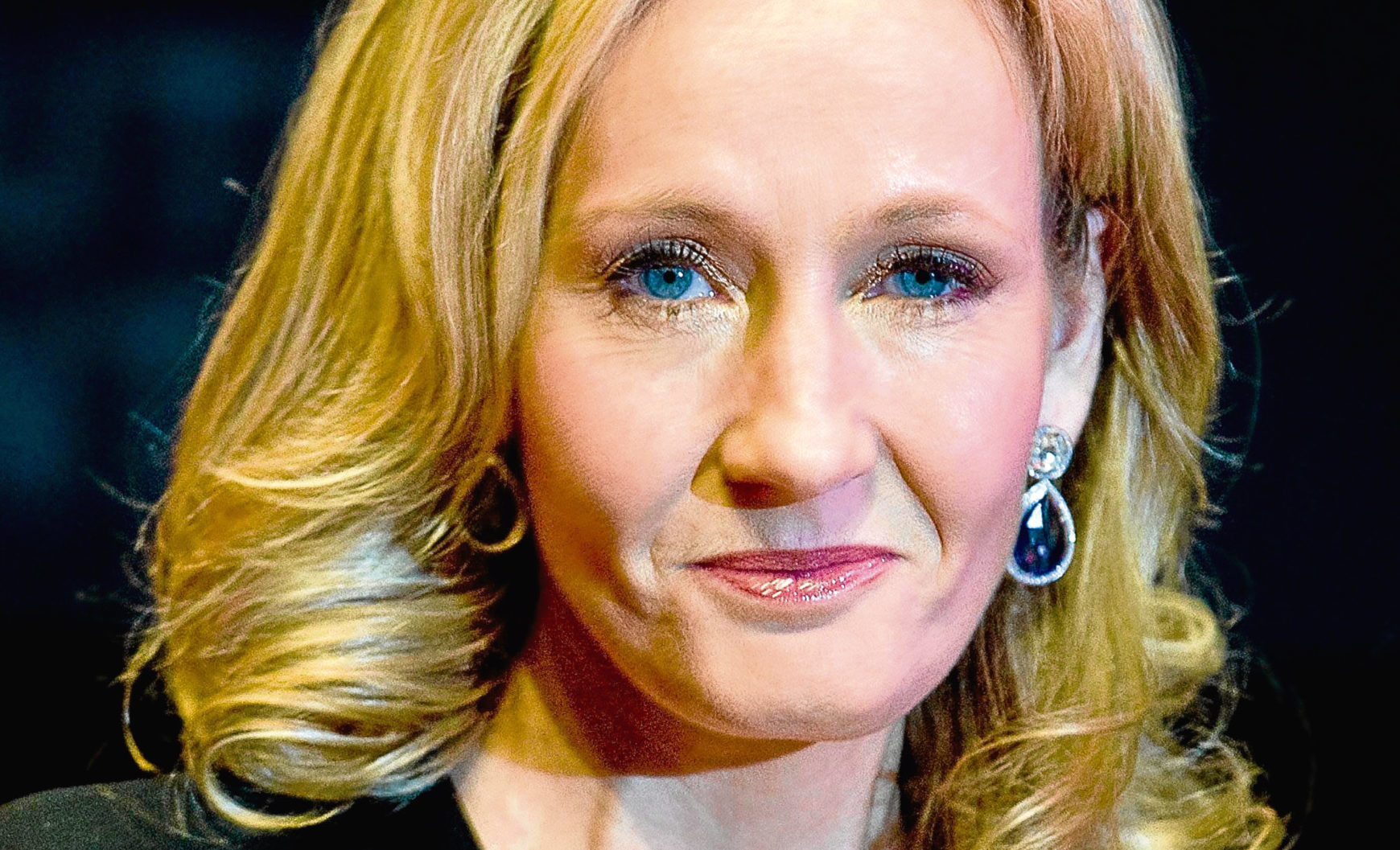
HARRY POTTER author JK Rowling has revealed the system she uses for planning her books… colour-coded pens.
It all started when Rowling answered a few questions about Lethal White, the upcoming fourth novel in her Cormoran Strike series.
She took to Twitter to share with fans some of her tips on writing, and began an impromptu Q&A about the efforts she puts into writing her novels.
These include a colour-coding system with blue ink for clues and red ink for red herrings or things that may come across as misleading or distracting to readers.
“This particular novel’s plan comprises a vast, complicated, colour-coded table showing all the suspects, with blue ink for clues and red ink for red herrings,” she wrote.
But she later admitted: “The wonderful thing about writing is that there is always a blank page waiting.
“The terrifying thing about writing is that there is always a blank page waiting!”
”I plan a lot and usually in table form. In the case of the present novel, I had the idea for the plot in 2013, but its undergone huge revisions since then.”
The Harry Potter franchise – which now stretches way past just books – is now estimated to be worth $15 billion.

Enjoy the convenience of having The Sunday Post delivered as a digital ePaper straight to your smartphone, tablet or computer.
Subscribe for only £5.49 a month and enjoy all the benefits of the printed paper as a digital replica.
Subscribe